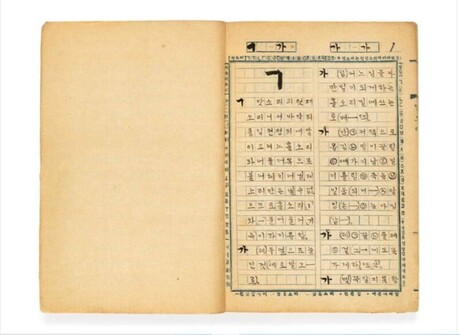The Museum of Fine Arts, Boston has made history by returning two significant ceramic vessels to the descendants of David Drake, an enslaved artist who created these masterpieces in the mid-19th century. This groundbreaking restitution marks the first time the museum has resolved ownership claims for artworks that were wrongfully taken under conditions of slavery in 19th-century America. The agreement was reached with Drake's known descendants through the Dave the Potter Legacy Trust, formally recognizing the injustice of his forced labor and lack of compensation for his artistic creations.
The two works at the center of this historic agreement are both from 1857 and were created approximately one month apart. The museum acquired the first piece, known as the Poem Jar, in 1997, followed by the Signed Jar in 2011. Both vessels showcase Drake's exceptional skill as a potter and his remarkable ability to inscribe his works with poetry and signatures, despite laws that prohibited enslaved people from learning to read and write. These pieces were prominently featured in the acclaimed exhibition "Hear Me Now: The Black Potters of Old Edgefield, South Carolina," which the MFA Boston co-organized with the Metropolitan Museum of Art in New York, where it debuted in 2022.
The restitution process began when both institutions engaged with Drake's descendants as part of their research for the exhibition. Four descendants - Pauline Baker, Daisy Whitner, John Williams, and Priscilla Williams Carolina - were photographed with one of the artist's works during the proceedings. These initial conversations prompted deeper discussions about the rightful ownership of Drake's works, leading the museum to compare this situation to their established practices of returning Nazi-looted art to the heirs of original owners during World War II.
On October 16, the MFA Boston officially deaccessioned both vessels and transferred ownership back to Drake's descendants. However, the arrangement allows the museum to continue displaying these important works. Through the agreement, the museum repurchased the Poem Jar, which officially reentered the collection on October 23 and is currently on display in the Art of the Americas Wing. Drake's descendants retained ownership of the Signed Jar but agreed to a long-term loan arrangement with the museum, ensuring continued public access to this significant artwork.
The museum has also updated its provenance documentation to accurately reflect the circumstances under which these works were created. The online collection catalog now states that the Poem Jar was "created under conditions of slavery by Dave (later David Drake, b. about 1800 – d. about 1870) at the Stony Bluff Manufactory for Lewis J. Miles Pottery, and sold to benefit his enslaver, Lewis Miles (b. 1808 – d. 1868), Edgefield, SC." The entry includes a crucial note explaining that "Drake was not permitted to possess the jars and did not receive remuneration for them or exercise any control over their fate."
David Drake, who was historically known simply as "Dave" or "Dave the Potter," was born around 1800 and died around 1870 in the Edgefield District of South Carolina, which was a major pottery center at the time. He adopted the surname of one of his owners after emancipation. Drake holds the distinction of being the earliest known enslaved potter to inscribe his vessels, demonstrating remarkable literacy and artistic expression despite the severe restrictions placed on enslaved people. According to the National Gallery of Art, Drake created thousands of vessels during his career, with approximately 720 surviving today.
The Poem Jar exemplifies Drake's wit and literary skill, featuring the inscription "I made this Jar for Cash- / though its called lucre trash." This clever verse reflects both his awareness of the commercial value of his work and perhaps a subtle commentary on the conditions under which he was forced to create. His ability to embed such thoughtful and often humorous inscriptions into his pottery makes his work particularly significant in the history of American art and the documentation of enslaved people's experiences.
Museum director Pierre Terjanian emphasized the importance of this resolution in a statement, saying, "We are pleased to reach this landmark resolution with the family of David Drake. His works tell important stories. We acquired two jars by him to share his accomplishments as a talented artist, and to also call attention to the conditions of slavery under which he lived and worked. We are honored to be able to continue to share Drake's creativity and story with our visitors and to preserve his legacy for future generations with support from his family."
This restitution represents a significant step forward in how American museums address the complex legacies of slavery and acknowledge the exploitation of enslaved artists. By formally recognizing that Drake was "deprived of his creations involuntarily and without compensation," the MFA Boston has set an important precedent for other institutions grappling with similar ethical questions about works created under conditions of forced labor. The collaborative approach, which allows the museum to continue educating the public about Drake's remarkable artistry while respecting his descendants' rightful ownership, demonstrates how cultural institutions can work constructively to address historical injustices while preserving access to important cultural heritage.






























